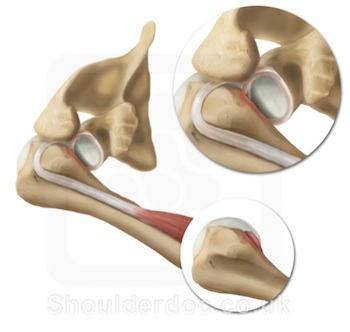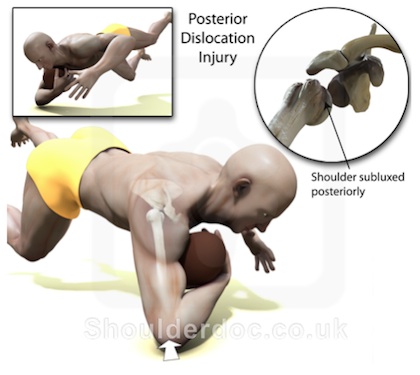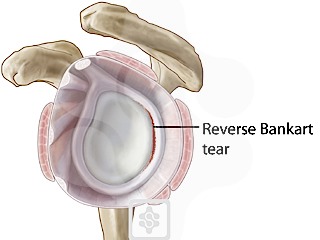Posterior Shoulder Instability
Lennard Funk
Most dislocations of the shoulder are anterior, but posterior dislocations and instability can occur. It may be as a result of a traumatic injury, due to excess joint laxity, abnormal bones or muscle imbalance (see more here).
The shoulder joint slips out when lifting the arm forward in the frontal plane (flexion).

One typical mechanism of injury is falling on a flexed elbow and shoulder as shown below. We have found this to be a common injury in rugby.

The structures that get injured with a posterior dislocation/subluxation include (in order of frequency):
- Posterior labrum - Posterior Labral Tear (reverse Bankart tear)
- Posterior capsule - Reverse HAGL
- Rotator cuff tear
- Bony injury - reverse bony Bankart

Investigations generally include plain x-rays, MR Arthrogram or CT Arthrogram.
Treatment:
Surgical repair is required for recurring instability with structural lesions as above.
For information on Atraumatic posterior instability click here
Also see Posterior Instability in the Education Section


